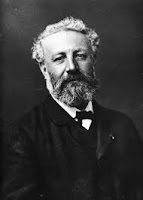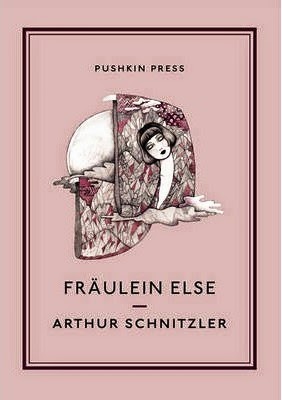The second month of the year is coming to a close and it's time to make another interim balance.
This time it's rather easy for me to summarise the past 28 days in a single word: GREY!!!!! We've seen much snow and much rain this month, more than we had expected and much more than we would have wished for. According to the weather statistics, winter in Graz hasn't been as unfriendly for 130 years! As a matter of fact, this makes me wonder if those scientists who keep warning us that the Gulf Stream is cooling and that we're heading for a new Ice Age might not be right after all... well, we'll see sooner or later.
This time it's rather easy for me to summarise the past 28 days in a single word: GREY!!!!! We've seen much snow and much rain this month, more than we had expected and much more than we would have wished for. According to the weather statistics, winter in Graz hasn't been as unfriendly for 130 years! As a matter of fact, this makes me wonder if those scientists who keep warning us that the Gulf Stream is cooling and that we're heading for a new Ice Age might not be right after all... well, we'll see sooner or later.
For the ancient Romans February was the month of purification - purification before starting into the new cycle of a year with spring. Actually a little bit of purification would do me good right now! My mind is so full with all kinds of things, important and unimportant, that there doesn't seem to be any room left for new ideas to shoot up and grow. For a writer this is not a good state of mind. I'd better sweep out some of the dust that settled on the grey matter of my brains during the course of a long and eventful year.
But how best to go about a spring cleaning of the mind? Faithful Christians will probably recommend me to observe the forty days of fasting until Easter. The Lent season started on Ash Wednesday two weeks ago, but I'm neither a practicing Catholic, nor do I feel a need to change my food habits since I've never been a great eater. I'd have to reduce my meals to virtually nothing at all, if I made up my mind to fast! Others might suggest that I take some exercice. An excellent idea... but I hate sports, I always did.
But how best to go about a spring cleaning of the mind? Faithful Christians will probably recommend me to observe the forty days of fasting until Easter. The Lent season started on Ash Wednesday two weeks ago, but I'm neither a practicing Catholic, nor do I feel a need to change my food habits since I've never been a great eater. I'd have to reduce my meals to virtually nothing at all, if I made up my mind to fast! Others might suggest that I take some exercice. An excellent idea... but I hate sports, I always did.
My preferred method of refreshing my mind is meditation, more precisely zazen. Unfortunately, my tight schedule didn't leave me much time for it as late, or to be truthfully, I just didn't give it priority. I miss this anchor in my life and my pillow is loudly calling me - I'm more than just willing to follow! As a complement I'll resume a bit of yoga because I miss it, too. Yoga? But that's sports, you may argue now. Not for me! For me yoga is meditation in motion and that's just what I need at the moment when spring is around the corner.







